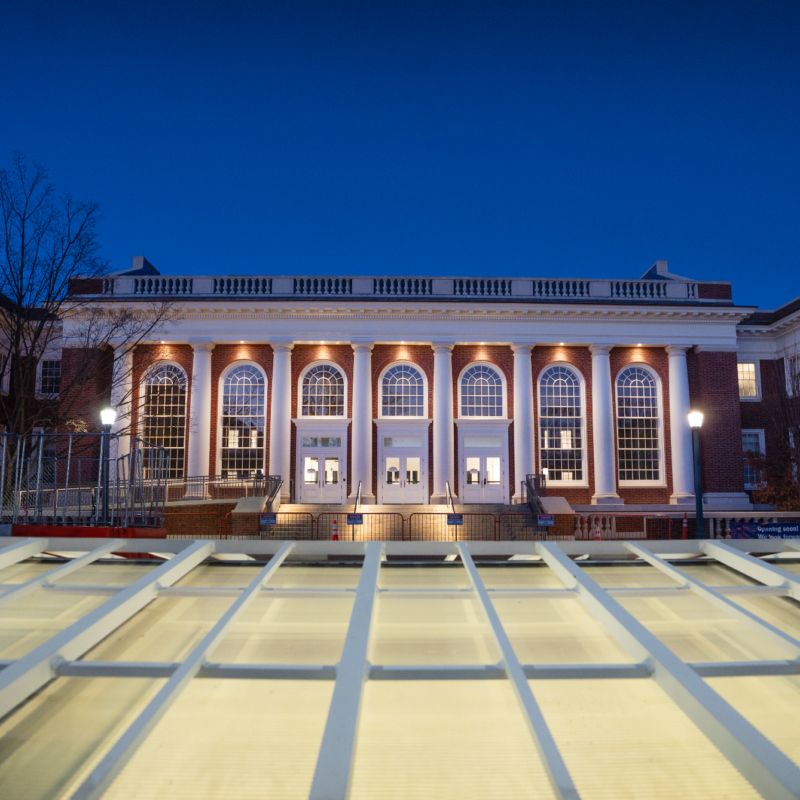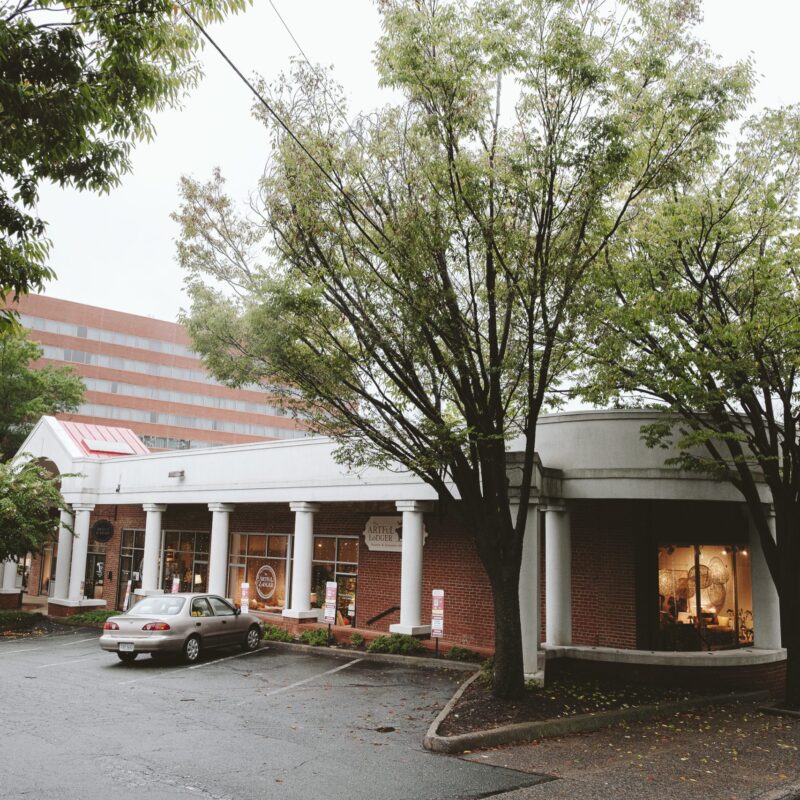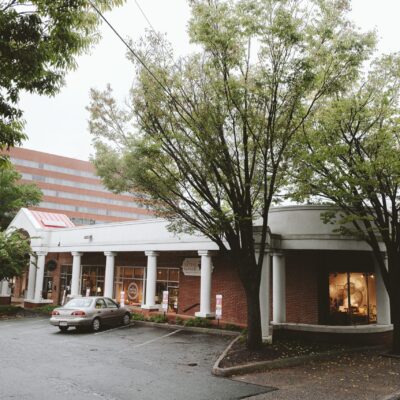On Friday, June 12, UVA President John Casteen announced his retirement after what will be 20 years at the helm of the University. In some ways, Casteen’s departure was expected. But at the same time, the decision to step down leaves the Board of Visitors with the responsibility to choose his successor.
For those who have worked with Casteen for most of their adult life, the next UVA president will have “big shoes to fill.”
|
John Casteen will step down as UVA President on August 1, 2010, after 20 years. In his tenure as one the longest-serving presidents, Casteen has raised a lot of money and has helped low-income students attend the University. |
“I think that the key element is the ability to lead. This is a complex university with a fair amount of centralization and in many ways kind of a matrix system, where the president has to be a really true leader and consensus builder,” says UVA Senior Vice President for Development and Public Affairs Bob Sweeney. For Executive Vice President and Chief Operating Officer Leonard Sandridge, the new president will have to be a person with experience in higher education and one who has integrity.
“I think that it’s reasonable to expect that the University community will be anticipating that the person who replaces him will be one who shares the goals that this institution will be second to none, that it will be a place where young women and men can get a good, solid education, where new technologies are discovered, and where cures of disease will occur, and where patients are cared for, and that it is being overseen by a person who owns strong leadership skills and integrity and vision,” says Sandridge.
Casteen, 65, is one of the longest-serving presidents in the nation. He began his academic journey at UVA in 1961, as a 17-year-old freshman. In 1975 he became UVA’s dean of admissions and, after a three-year tenure as Virginia’s Secretary of Education and five years as president of the University of Connecticut, Casteen came back to lead his alma mater in 1990. “[Casteen] will be regarded as the greatest of the presidents of the modern era of the University,” says Sweeney.
One of the priorities for the new president will be to continue Casteen’s legacy of fundraising. The current UVA president has initiated and led two major fundraising campaigns: the first in 2001 for $1.43 billion, the second is the ongoing $3 billion Capital Campaign. Sweeney says the University has entered into a new model for American public education. “That is the first, privately financed public university that maintains its public mandate,” he says, adding that philanthropy and research money as the “driving element in the greatness of the University of Virginia is not only going to continue, but probably be accelerated in future years.”
An additional obstacle for the new president will be Sandridge’s retirement in December 2010.
“What I think you’ll see is the work of Leonard being apportioned to a number of different individuals, vice presidents, who are now working in tandem with Leonard,” says Sweeney. “But there would be no replacement at least for many years until you have a group or a leadership team that is knowledgeable about the University of Virginia as John and Leonard have been.”
Yet, the financial aspect of the presidency won’t be the sole aspect that should be considered, says retired UVA Dean of African-American Affairs Dr. M. Rick Turner. “I think the person will need to have, like John Casteen, a very unique sensitivity to racial diversity on all levels, in regards to students, in regards to scholars, in regards to the entire University,” says Turner. According to Turner, Casteen’s alertness and sensitivity to racial diversity paved the way for major successes of African-American students. In March 2009, for the 15th consecutive year, UVA recorded the highest black graduation rate among all public universities in the country.
“The biggest challenge for [Casteen’s] successor is to understand that race matters,” says Turner. “Race is always a major challenge in the south, race will always be a challenge in the University of Virginia with its record of not so long ago of segregation and massive resistance.”
Although it’s premature to speculate on candidates, one name seems to be on everyone’s lips: Ed Ayers, the former dean of the College and Graduate School of Arts and Sciences and current president of the University of Richmond. Ayers, a classroom favorite and prolific scholar, has worked alongside Casteen for years. “For two decades, people have looked to John Casteen and the University of Virginia as inspiring examples of what public education can achieve in this nation,” he says in an e-mail statement. “John has dedicated himself and his institution to sustaining the highest standards of scholarship and teaching, creating opportunity for students of all backgrounds, and serving the Commonwealth in new and effective ways.”
Yet, for Turner, hiring Ayers would be a mistake. According to Turner, while Ayers spent his time as Dean on the fifth floor of Cabell Hall, “there was never an African-American on that floor,” says Turner. “Ed Ayers would be the wrong person to be at the helm of the University of Virginia in regards to the things that I am talking about.” The president search will be conducted by the Board of Visitors and will begin in late July.
C-VILLE welcomes news tips from readers. Send them to news@c-ville.com.






